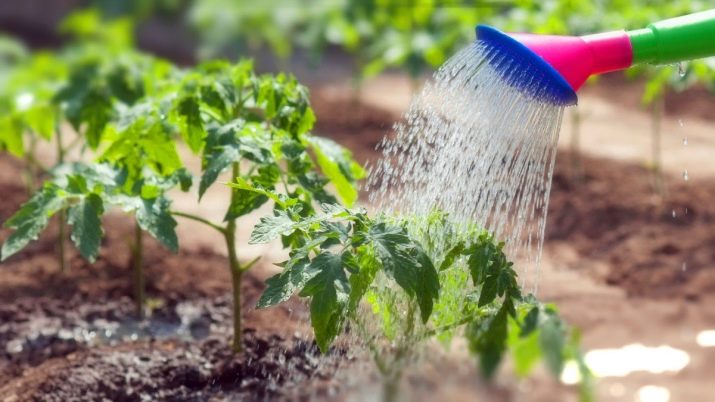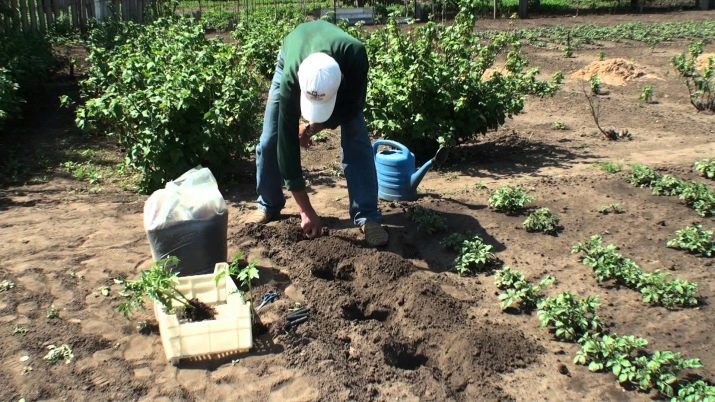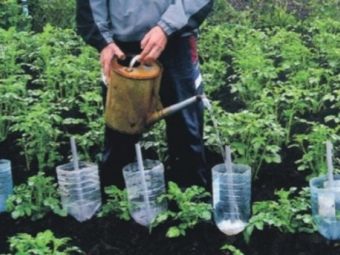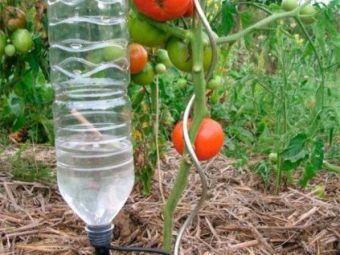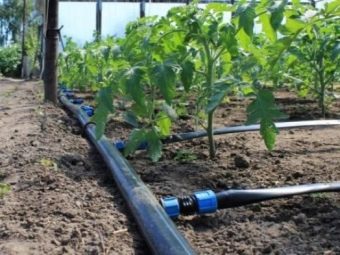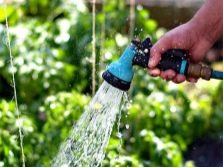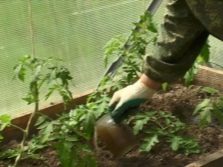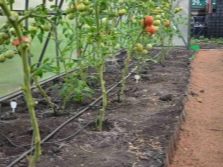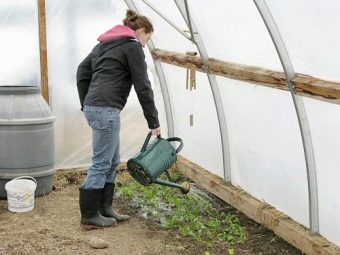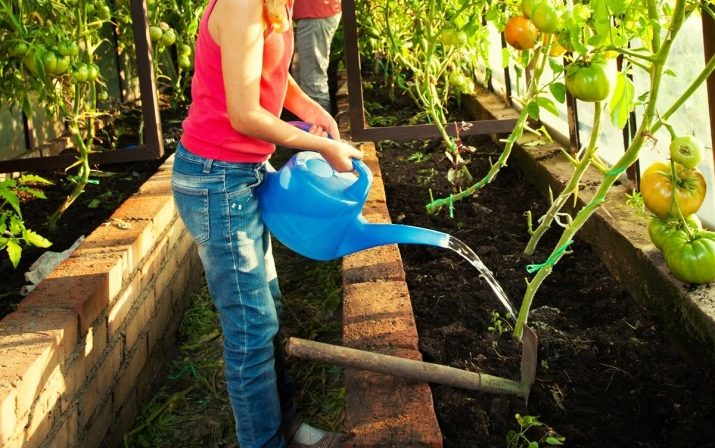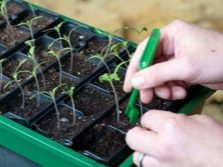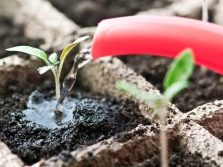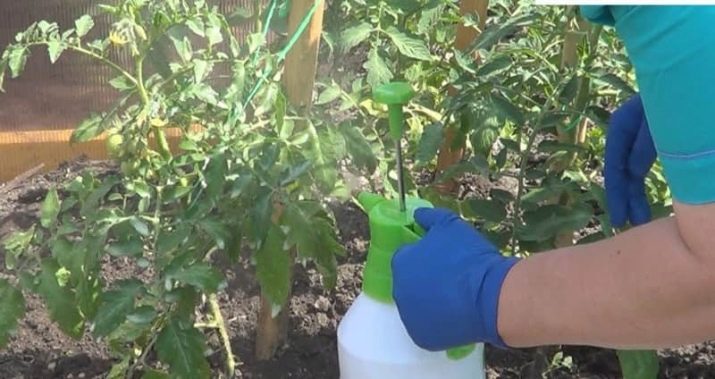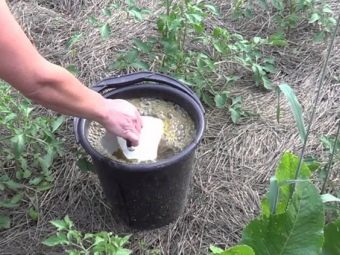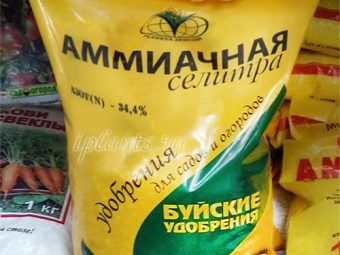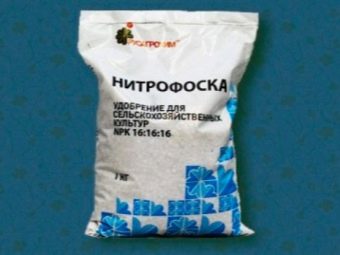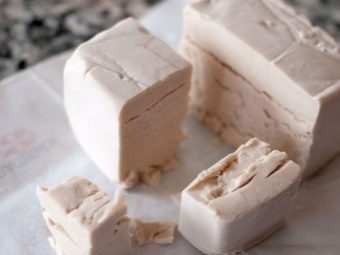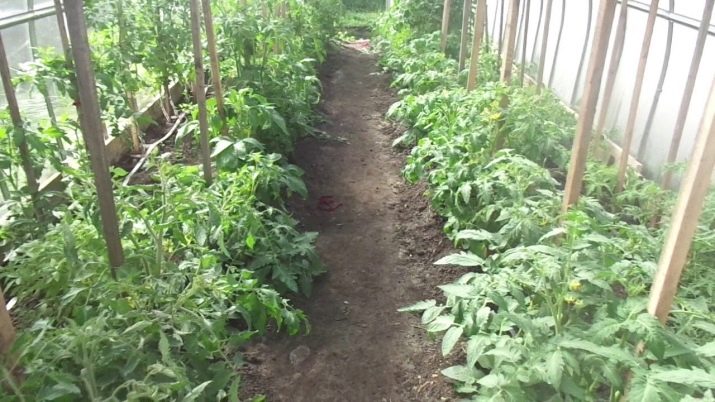How to water the tomatoes?
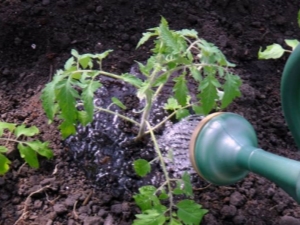
Inveterate gardeners have a long and “trusting” relationship with tomatoes.With proper care, they fully delight the owners with a rich taste, large size and originality of form. This culture is responsive to all care activities and demanding on some of them.
Special features
Watering is a particularly important aspect in the process of growing a plant. Thoroughly owning this "art", an experienced gardener can "correct" the shortcomings of the variety, smooth out the local climatic discomfort. Despite drought tolerance, tomatoes are extremely susceptible to incorrect watering. This is especially true for seedlings. The plant is very sensitive not only to the method of watering, but also to the quantity, as well as to the temperature of the water.
rules
Consider the main nuances required for any garden:
- planting seedlings involves pouring about a liter of water into the well (despite the weather);
- top dressing needs abundant spillage to speed up the absorption of nutrients and optimize their amount for consumption by the plant;
- watering is stopped when the fruit is ripened for seed and before harvest;
- Often when watering a cold water from a hose it is necessary to regulate the time and volume of the liquid in order not to chill the root system of the plant.
Kinds
Each selected irrigation method has its own specifics. The determining factor is the method of water supply.
- Manual. It is carried out with the help of watering cans, buckets and hoses. Water from pipes has a lower temperature. Its amount is not amenable to precise control, so the use of this method of watering requires special care. The best way to moisten the soil in greenhouses is to water from a watering can with settled rain water.
- Drip. This technique is considered the most effective, especially in large greenhouses, where manual watering requires increased costs. The construction of a drip irrigation system solves all problems.
The advantages of this method are:
- moisture is supplied to the roots without increasing the humidity;
- liquid does not fall on the flowers, leaves and stems of the plant;
- watering is carried out according to the schedule;
- Leaching and salinization of the soil is excluded.
The construction of such a system requires the acquisition of specialized equipment in specialized stores. Often, gardeners resort to the use of plastic bottles to achieve a similar effect. Capacity of five liters, with small holes, dig in close to the plants with their necks up. The liquid poured into the bottle, gradually seeps to the roots.
Another way is to add a pipe with holes, on the vertical end of which a plastic container is put on its bottom.
In the greenhouse
The specificity of greenhouse watering is that the bushes of tomatoes should be watered without falling on the leaves, at the root of the ground.
Consider the basic techniques.
- With a hose. A plus of the method is in supplying water directly to the roots, but at the same time, the moisture lowers the temperature of the soil and enters an indeterminate volume. Large planting is difficult to hose.
- With a bucket. The positive moment of this technique consists in a clearly dosed amount of water and the ability to use the moisture preheated by the sun. It is very convenient with the help of a bucket to feed the tomatoes and produce watering in a hard-to-reach place.
- Drip method. The best way. This is a uniform supply of portions of water at a digestible temperature directly to the roots of the tomatoes at the right time.
Traditionally it is customary to water the tomatoes, especially in the greenhouse, in the early morning. The absence of scorching sunlight will allow moisture to saturate the soil as much as possible without affecting the humidity of the air. Possible watering in the evening (up to 17 hours), with intense airing. A lot of controversy raises the question of water temperature. Seasoned gardeners consider the optimum temperature of 20 ° C. The source of moisture is usually separated rainwater.
In some cases (cold nights), watering plants with warm water is practiced, the temperature of which exceeds the usual one by 5-10 ° C.It is easy to understand that it is better to properly conduct activities to moisten the soil and follow the basic recommendations - this will avoid frustration during the harvest.
The special susceptibility of plants to watering makes it necessary to clearly regulate the amount of water and to comply with the schedule. The amount of water required depends on many factors:
- soil type;
- climate zone;
- weather;
- the use of mulch;
- plant location;
- crop variety;
- age of the plant.
Optimal tomato ripening conditions are impossible without a basic knowledge of tomatoes. Moisture must be regulated, based on the appearance of the bushes in the greenhouse. If the leaves are darkened, become sluggish - need watering.
Modes of water supply change over time. With the appearance of ovaries - one, during the period of fruiting - the other. Compliance with these features ensures a bountiful harvest.
The frequency of watering plays an important role. In many ways, it depends on local conditions. So, frequent watering in the greenhouse can cause ripening to slow down, because water reduces the temperature of the soil and increases the humidity of the air. If this happens after the planting of seedlings, loss of tomato ovaries and flowers is possible.
Optimal conditions - this is a two-time abundant watering a week with loamy soil.
In the open ground
The principles of soil moistening in open ground practically do not differ from greenhouses. The difference basically comes down to the peculiarities of a warmer climate in which such sowing of tomatoes is practiced.
Nuances:
- watering by leaves is possible or recommended, it helps the plant in a hot climate;
- watering is carried out in the evening, so that during the night hours the water has managed to be absorbed;
- soil mulching is widely practiced.
The main rule for all cases - the most optimal plentiful rare watering, but not frequent, small. All the tricks of amelioration planting tomatoes is that tomatoes love the heat and sunlight, but this does not exclude the need for abundant moisture. Watering adult bushes is different from moistening the soil for seedlings.
Watering
Seedling
Consider the basic principles.
- Two or three days are counted from a mass shoot, after which they moisten the soil abundantly with warm water. Land with seedlings from this point should not dry out.
- A couple of days before the picking, the ground spills so that by its time it crumbles.
- After the picking process, watering occurs every seven days.
- Overflows in the future may adversely affect the rate of maturation, as the bush will actively build up the root system.
- Abundant watering is made before the moment of landing in the ground. This helps to preserve the integrity of the roots.
- After landing in the wells, previously spilled with water (in the amount of 2-3 liters), watering and mulching again follows. The local climate will be the determining factor for the land moisture schedule. Watering activities usually begin in two or three days. In the first week, make sure that there is no overdrying of the soil.
The period of growth and fruiting
It is not accepted to use the method of sprinkling in the open ground, it is believed that this may cause shedding of flowers.
The rules of this period:
- strict observance of temperature, which eliminates the use of water from wells;
- it is necessary to determine the time - the evening hours (sunset) will be optimal: a gradual cooling of the soil contributes to a better absorption of moisture;
- until the appearance of the ovary, an increase in the intensity of irrigation is not recommended, on average the climate is sufficient once a week, when the upper layers of the soil dry out, loosening takes place, which stops evaporation
- When the fruit begins to grow, watering is done once every three or four days (considering the climate), you should try not to overfill it to prevent cracking and wateriness of the fruit.
Mixes
Nutritional mixtures are widely used throughout the world. They stimulate growth, as they contain the necessary elements for the development of fruits.Used organic ingredients preserve and restore soil fertility.
Various materials are used as food:
- compost (a product of fermentation of weeds, herbs that need to be kept in a special pit);
- preparations for growth, their range is rapidly increasing every year;
- beneficial microorganisms such as yeast, lactic bacteria, algae;
- preparations that protect the plant at the biological level ("Fitoverm", "Fitosporin-M", etc.);
- unconventional products (milk, whey, ash, potassium permanganate, etc.);
- traditional minerals (urea, ammonium nitrate, nitrophoska).
It is necessary to strictly follow the recommendations and know how to dilute drugs to create the optimal solution.
- Manure and compost. The use of fresh raw materials is recommended. It contains an excess of ammonia nitrogen, for the winter period, the decomposition of the compound into elementary components turns organic matter into spring to stimulate the root system and strengthen the bush. Organic matter is added in the autumn time at 3-6 kg / m2.
- Ready complex compounds. Today's technology has made it possible to create effective tools that affect the development of plants. Such complexes have an optimal amount of various microelements necessary for the development of tomatoes. The first feeding of seedlings can begin with the formation of the first leaves. Agricola-Forward is designed precisely for this moment. Prepare dressing elementary - add a spoonful of funds in a liter of water. The complex "Agricola No3" for entering into the soil at the root is used no more than a couple of times.
"Effecton" - a drug for use at the stage of transplanting grown seedlings into open ground. This tool is recommended for repeated use (every two or three weeks) until the fruit is ripe.
- Urea. One of the most common means. In the composition - 46% ammonia nitrogen. Widely used as a nutrient mixture for garden plants. It serves as the basis for the manufacture of tomato food. It is brought into the ground at the time of digging the soil. It acts as an alternative means, replacing organic matter. Mineral supplements based on it stimulate the growth of seedlings. Sometimes seedlings are fed with urea spraying. This is done with a lack of nitrogen, slowing down the development, yellowing of the leaf.
- Ammonium nitrate. This substance is known as ammonium nitrate. It has a composition of 35% ammonia nitrogen. It is applied in the amount of ten or twenty grams per square meter. Top dressing of both seedlings, and bushes is possible by spraying. The solution contains 30 grams of the drug in ten liters of liquid.
- Nitrophoska. This is the name of the fertilizer complex with the required nitrogen content. Its use for top dressing is hard to overestimate. The composition is prepared by dissolving 5 grams of the substance in ten liters of water. The drug is poured at the root of the plant. In addition to nitrogen, potassium and phosphorus are contained in this mineral complex. This combination allows you to use nitrophoska and at the time of flowering, and during fruiting. The result of the application of this additive are increased yields, increased fleshy, sweet taste.
- Folk remedies. One of the popular methods of feeding - watering tomatoes with yeast. Ordinary baker's yeast is rich in minerals, trace elements, contain organic iron. The solution consists of a kilogram of yeast diluted in five liters of water. Immediately before feeding, the solution is again diluted in a ratio of one to one hundred. This dressing made to do in the spring with the active growth of bushes. To avoid the absorption of potassium by the yeast, ash is introduced into the soil. Another common “folk wisdom” is watering tomatoes with iodine milk.
It is believed that such a "syrup" repels all pests. This “balm”, applied by spraying, covers the whole plant with lactose and milk sugar.This creates a barrier to certain diseases. Preparation does not cause difficulties - four liters of water, one - milk plus 15 drops of iodine.
Recommendations
It is important to know the following.
- The best growth rates were observed in tomatoes growing on soil with a moisture content of 85-90%.
- Planting seedlings produced in the hole, moistened with a fixed volume of liquid (usually a liter of water). This will provide a three-day supply of moisture to form the root system.
- After watering in the greenhouse, intensive airing is recommended. This will prevent the development of fungus.
- It is necessary that the water for irrigation has an ambient temperature. To maintain the natural temperature regime, water tanks are kept under direct sunlight.
Careful observation of the color and condition of the leaves will avoid water shortages.
- A lump of earth from a depth of ten centimeters, taken from under the plant, tells about the state of the soil. If, when compressed in the palm, it easily takes shape and crumbles just as easily - the soil moisture is normal.
- The number of holes for water supply in plastic bottles used for drip irrigation is done with the following calculation: 2 - for sandy, 4 - for clay soil.
- Plants deserve special attention during the formation of ovaries and fetus ripening. It is important to properly regulate the natural watering of plantings.
How to water the tomatoes, see the next video.

